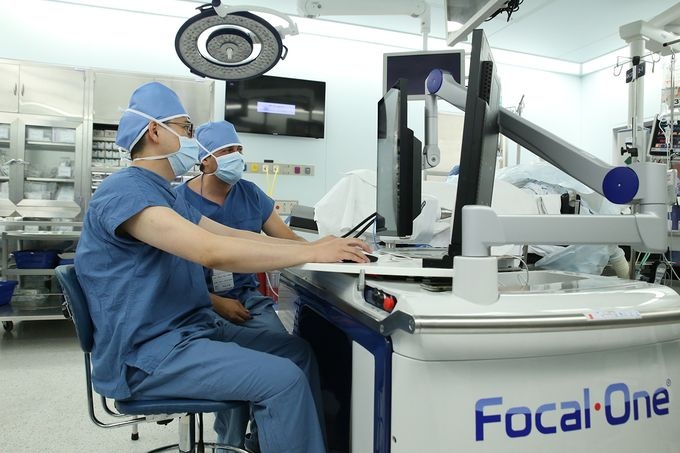RELATED Live.
- About us
- KIMA Members
-
KIMA Doctors
- All
- Anesthesiology
- artificial joint center
- Breast and Endocrine Surgery
- Breast cancer and thyroid cancer center
- Breast Surgery
- Cardiology
- Cardiothoracic Surgery
- Cerebrovascular Center
- Colorectal Surgery
- dental and maxillofacial surgery
- Dermatology
- Endocrinology
- Gastroenterology
- General Surgery
- Genito-Urology
- Hematology
- Hemato-oncology
- Infection Center
- Internal Medicine
- International Healthcare Center
- Korean Medicine
- liver center/Pancreas and billiary tract center
- Liver Transplantation
- Neurology
- Neurosurgery
- Obstetrics & Gynecology
- Ophthalmology
- Orthopedic
- Otorhinolaryngology
- Pediatric & Juvenile
- Pediatric Allergy and Respiratory Diseases
- Pediatric Gastroenterology
- Pediatric Neurology
- Pediatrics
- Physical Medicine & Rehabilitation
- Plastic & Reconstructive Surgery
- plastic surgery
- Pulmonology
- Radiation oncology
- Rheumatology
- Thyroid & Endocrine Surgery
- Urology
- Vascular Surgery
- KIMA News
- KIMA Live
- Community
KIMA NEWS

Globally, prostate cancer is the second most common cancer in men and the most common cancer in the United States. As the lifestyle is westernized, the incidence rate is increasing amongst Korean men. Prostate cancer screening in middle-aged and older men is essential because the progression rate and malignancy are relatively higher in Korean than those in Western.If you are diagnosed with prostate cancer in early or mid-stage, you can consider HIFU other than surgical treatment.
The principle of HIFU treatment is to burn off tumor cells through high intensity ultrasound. The treatment can be considered when the cancer is confined to the prostate gland. In the past, most patients with localized prostate cancer selected surgery, and only some patients were able to receive other treatments including radiation therapy. A recent multicentric study of the European Urological Society reported that the 5-year survival rate of patients treated with HIFU was 99%, the recovery rate was much higher than that of surgical treatment through skin incision, and pain and other side effects were less. Mr. A in his 60s was recently diagnosed with prostate cancer through a medical checkup.
Fortunately due to the relatively early screening, there were many options available for treatment besides surgery. Concerned about possible side effects such as incontinence and erectile dysfunction, Mr. A finally chose High Intensity Focused Ultrasound (HIFU). As compared to prostatectomy, HIFU can minimize side effects such as sexual dysfunction and complications such as infection and hemorrhage. After the operation, Mr. A said that '[he] did not have any wound and pain after the operation.' Recently, Professor Lee Hakmin of the Department of Urology, Seoul National University Bundang Hospital, has introduced HIFU device for prostate cancer treatment. In particular, EDAP TMS Focal One, being used by Professor Lee and his team, is the second-generation machine which allows more precise treatment according to a shape of each prostate and precise removal of cancer cells using an automated robot arm. In previous generation machines, a prostate was not visualized in real-time when energy transfers for imaging. The fusion of two imaging and therapeutic ultrasonic devices has addressed such disadvantages and resulted a real time imaging while treating, which allows more safe and precise treatment.
RELATED Doctor
RELATED Members
Inquiry